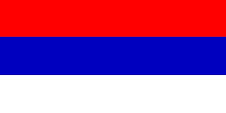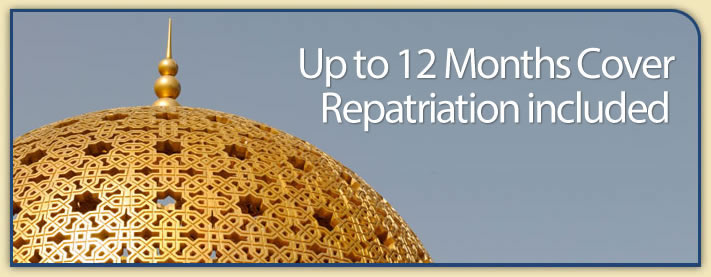Country Guide • Serbia and Montenegro

Serbia and Montenegro (formerly known as The Federal Republic of Yugoslavia) borders Hungary, Romania, Bulgaria, the Former Yugoslav Republic of Macedonia, Albania, Bosnia-Herzegovina and Croatia.
| Official Name | Serbia and Montenegro |
|---|---|
| Area | 102,173km² (39,449mile²) |
| Population | 10,655,774 |
| Continent | Europe |
| Population per mile² | 95 |
| Capital City | Belgrade |
| Religions | Orthodox 65%, Muslim 19%, Roman Catholic 4%, Protestant 1%, other 11% |
| Language | Serbian 95%, Albanian 5% |
| Government | Republic |
| Member of EU | No |
| Currency | Yugoslav New Dinar |
| GDP | $25.3 billion |
| GDP per Head | $2,370 |
| Natural Resources | Oil, gas, coal, antimony, copper, lead, zinc, nickel, gold, pyrite, chrome, hydropower, arable land |
| Land Use | Arable Land 36.34% |
| Agriculture | Various cereals, fruits, vegetables, tobacco, olives and livestock inc. cattle, sheep and goats |
| Industry | Machine building (aircraft, trucks, and automobiles; tanks and weapons; electrical equipment; agricultural machinery); metallurgy (steel, aluminum, copper, lead, zinc, chromium, antimony, bismuth, cadmium); mining (coal, bauxite, nonferrous ore, iron ore, limestone); consumer goods (textiles, footwear, foodstuffs, appliances); electronics, petroleum products, chemicals, and pharmaceuticals |
| Tourism | Serbia and Montenegro is a large treasure chest of meticulously packed, valuable artifacts from ancient times, rare underground cave crystals and collections of herbs, mementos from the earliest childhood of the European civilization, natural artifacts, true legends of heroes, exotic treasures that you cannot find anywhere else in the world. It must be stated though that you should avoid non-essential travel to Kosovo |
| Natural Hazards | Destructive earthquakes |
| Health Risks | Crimean Congo Haemorrhagic Fever (CCHF) is endemic to Kosovo. Recent outbreaks have been particularly severe. CCHF is caused by a virus and is transmitted by tic bite or by infected blood |
| Climate | Serbia and Montenegro has a moderate and continental climate inland while a Mediterranean-Adriatic climate prevails along the coast. Rainfall increases with distance from the coast, which has an average annual rainfall of 20 - 39 inches while in the mountains it can vary between 59 to 150 inches and occasionally up to 197 inches. Average temperature ranges inland are from 18 to 19°C in July to 2 to 3°C in January while the coastal area has a range from 23 to 26°C in July |
| Time | GMT/UTC+1 hour |
| National Days | Federal: May 1—International Labor Day, November 29 - Republic Day : Republic: February 15—The Day of the Statehood of the Republic Serbia |
| Visas | You are no longer required to obtain a visa or tourist pass for entry and stays of up to 90 days in Serbia and Montenegro. The visa requirement was abolished for citizens of the following countries: the United Kingdom, Germany, France, Italy, the Netherlands, Belgium, Luxembourg, Ireland, Spain, Portugal, Greece, Denmark, Sweden, Finland, Austria, Switzerland, Norway, Iceland, Monaco, Liechtenstein, the Vatican, Andorra, San Marino, Israel, Cyprus, Malta, Czech Republic, Slovakia, Poland, Slovenia, Lithuania, Latvia, Estonia, Croatia, the United States, Canada, Singapore, South Korea, Australia, and New Zealand |
| British Embassy | Embassy Details |
Information Only
The content above is for information purposes only and we have tried to ensure that the information is as accurate as possible. We cannot accept any responsibility for any inconvenience, loss or injury as a result of the information above. You should always check and verify any critical information like visas, health and safety and customs with the relevant authorities before you travel since information can change at any time.



